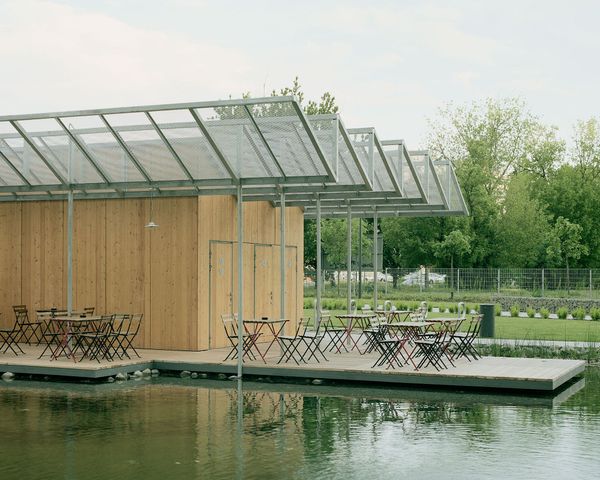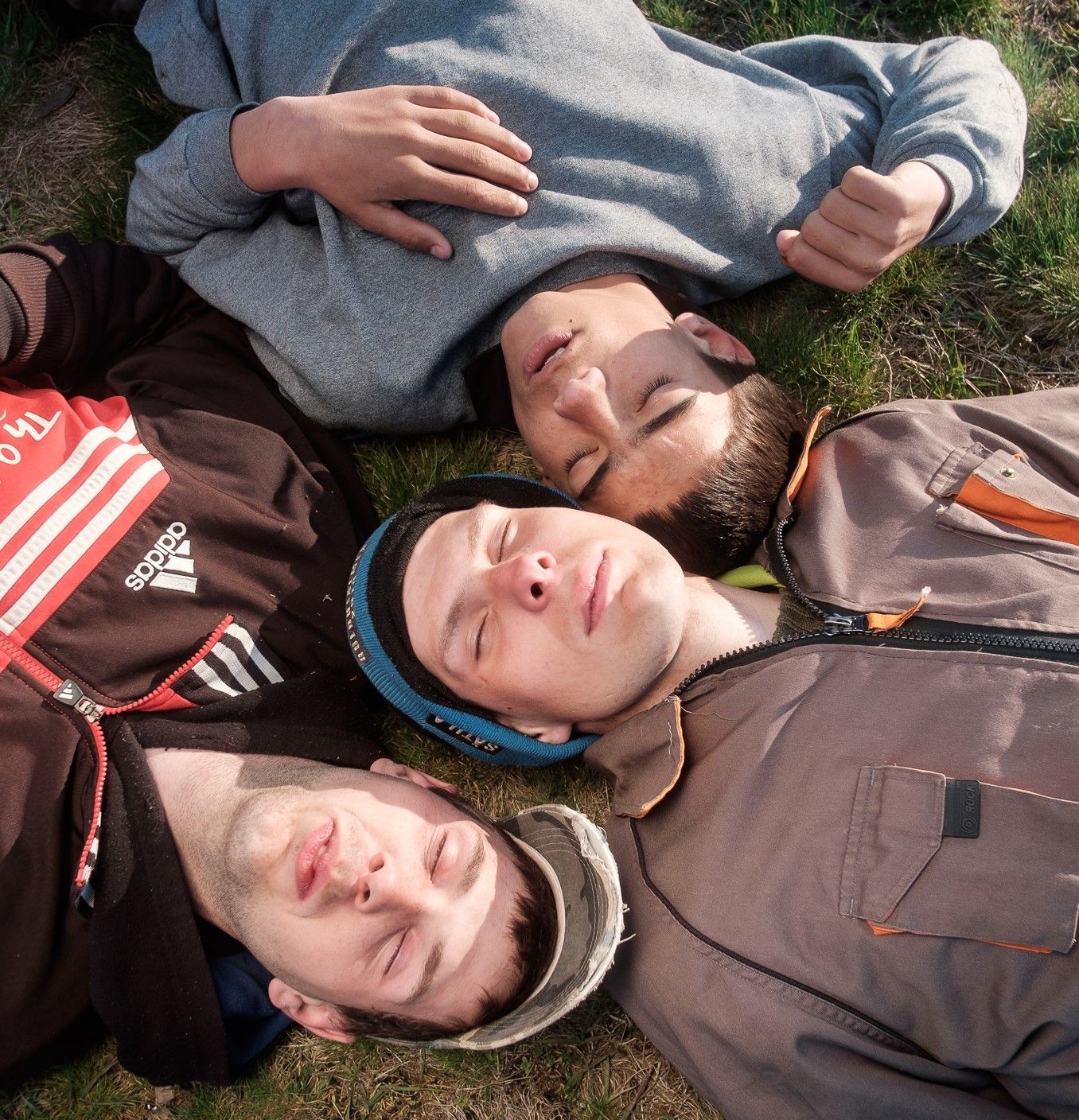While the borders of a country can be precisely defined, the stories and vastly different experiences of growing up, the diverse representations of life space, self-awareness, and family histories of the young people who live in that particular country are boundless. In this selection, Hungarian photographers present a slice of these parallel realities.
Ornella Mari
Ornella, a 26-year-old Italian-Hungarian photography student at MOME, is searching for herself through the problems and psychological difficulties of others. She is searching in the night of Budapest, in her own reflection, and in being (in)experienced in her femininity. Ornella lives with borderline personality disorder, so her latest project is also built around mental illnesses and emotional states. She wishes to show how her childhood traumas piled up in her, what it was like to grow up without a father, and then to become a woman in a big city in Hungary.
She is currently working on the publication of her own photo book and some of her photographs are on display in the Margitka Vintage Shop.
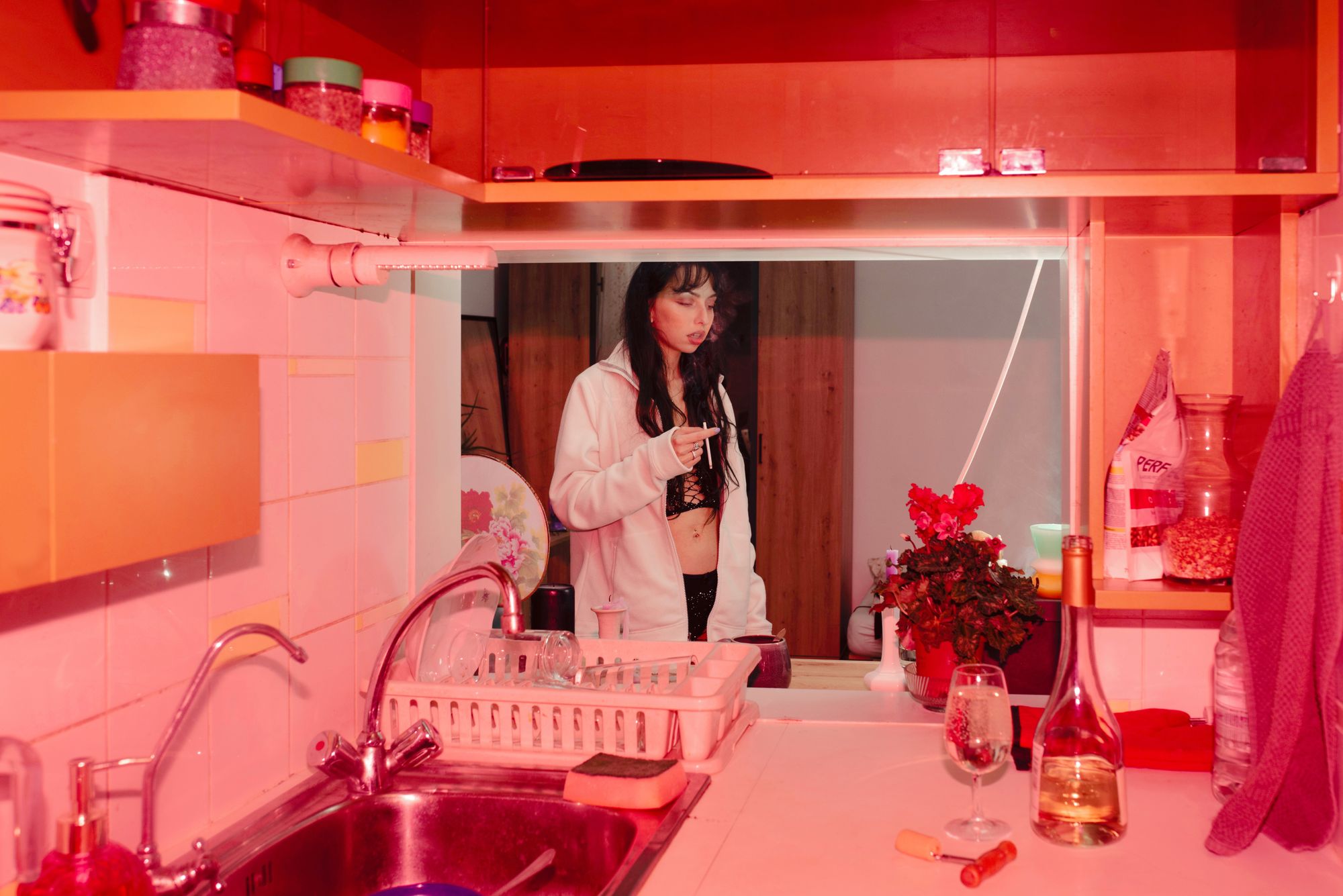
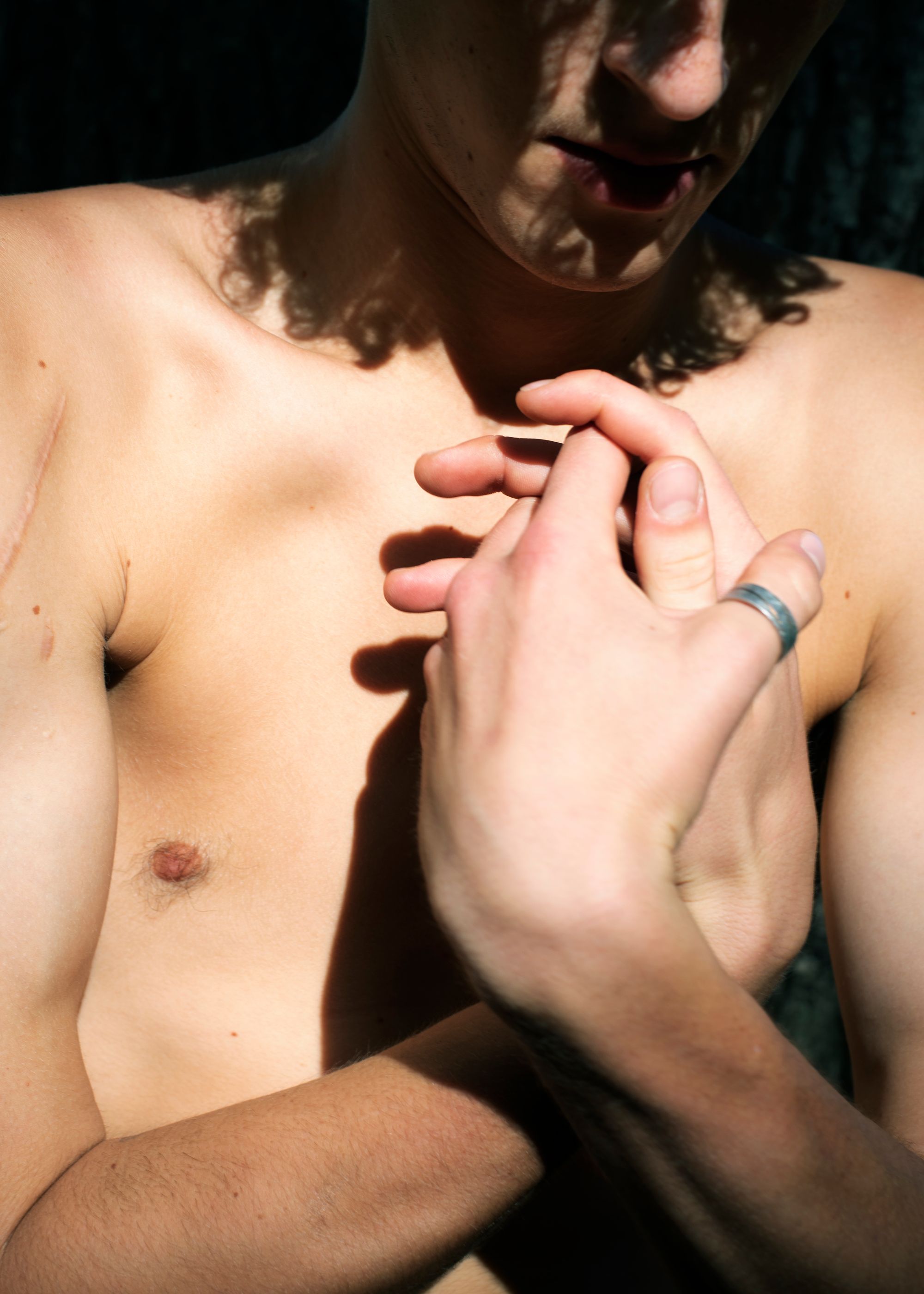
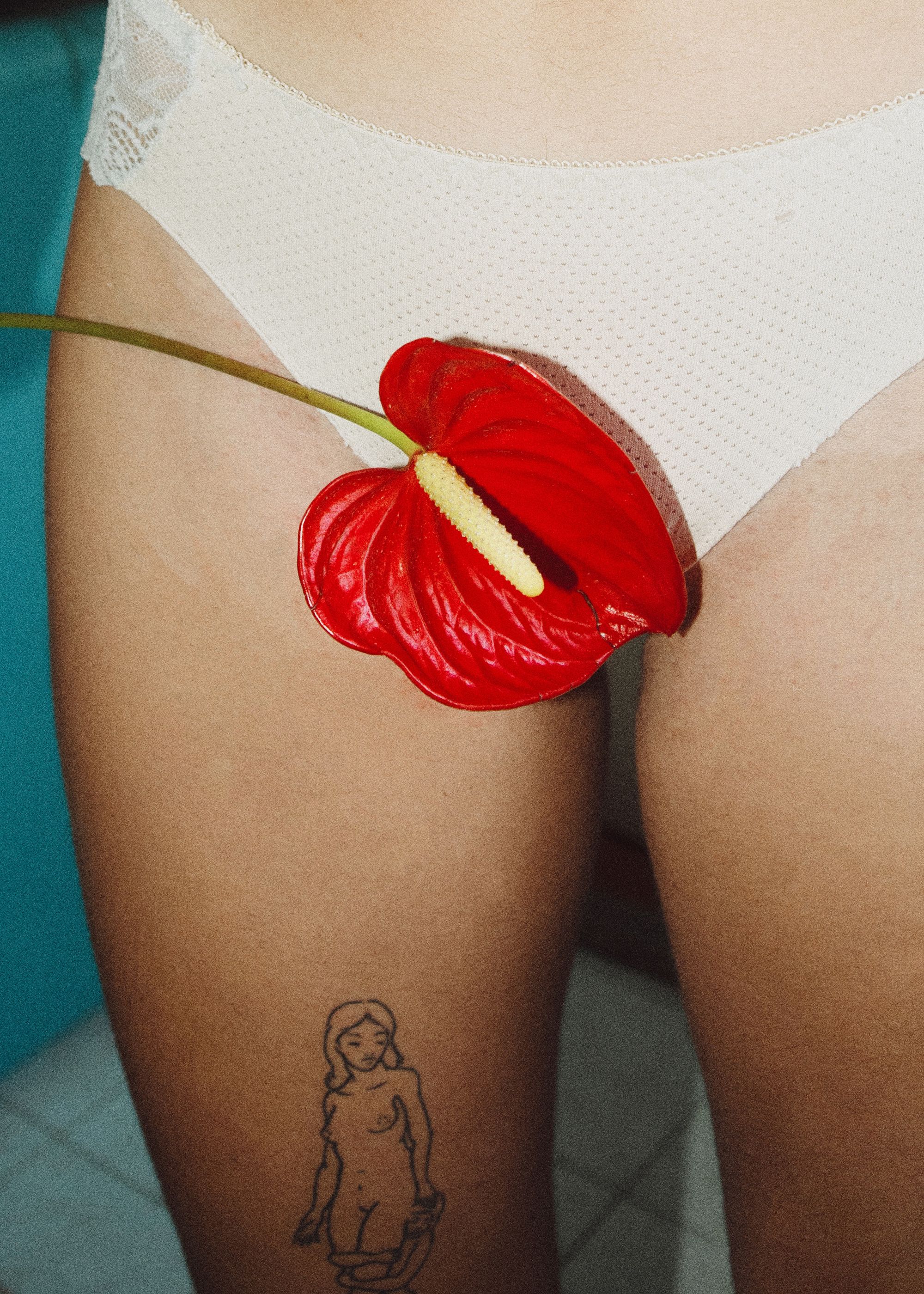
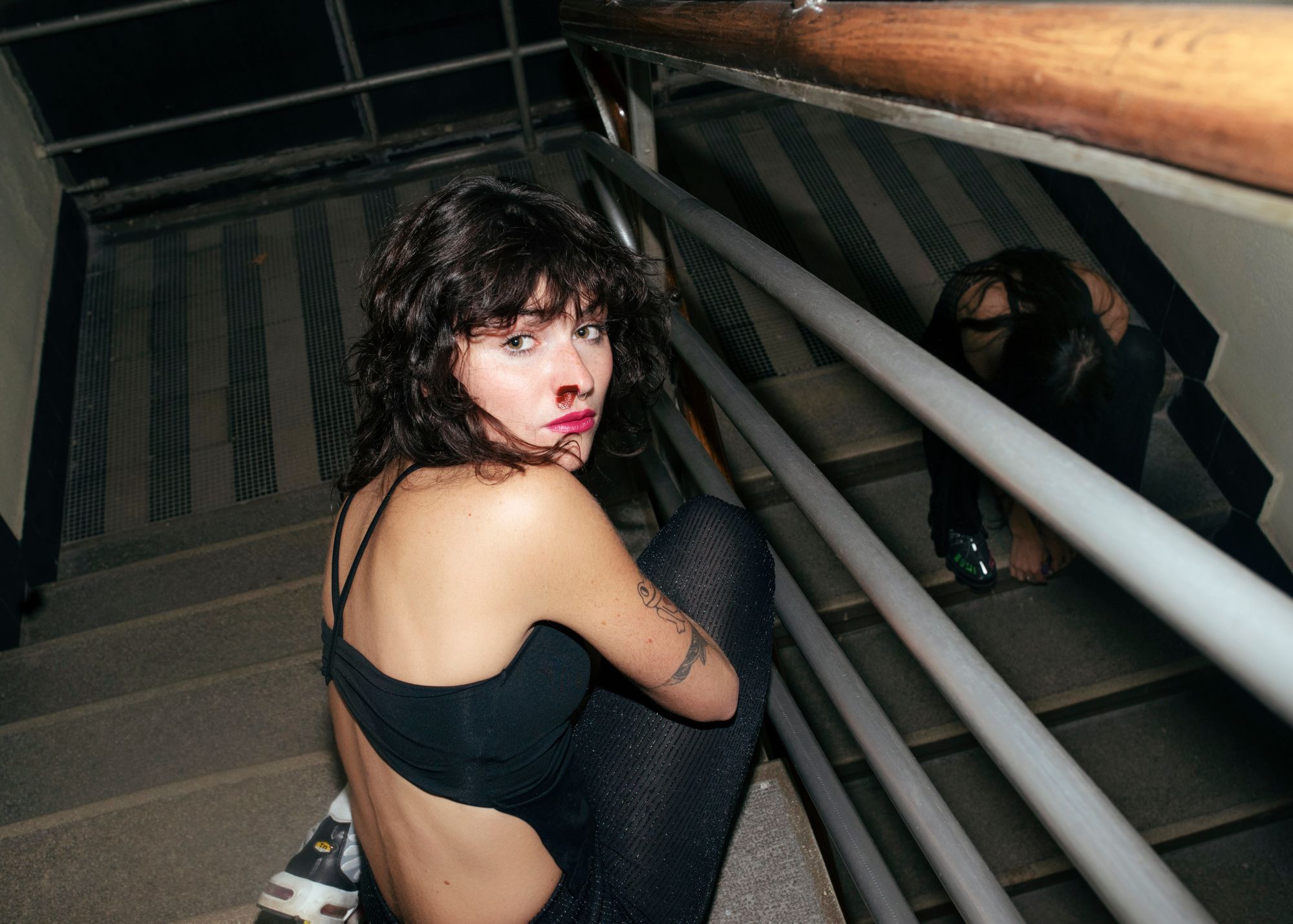

János R. Szabó
Through his photographs, a completely untouched Hungarian reality is revealed to us. He shows us a quiet, natural world from a part of Hungary that few people know up close. János R. Szabó was born and raised in Kömörő, just 15 kilometers from the border between Hungary and Ukraine. As a boy, he often spent his days on the banks of the Öreg-Túr, but as a university student, he got involved in the noisy underground life of Budapest, and started photographing hip-hop parties, which was a massive contrast to his earlier life.
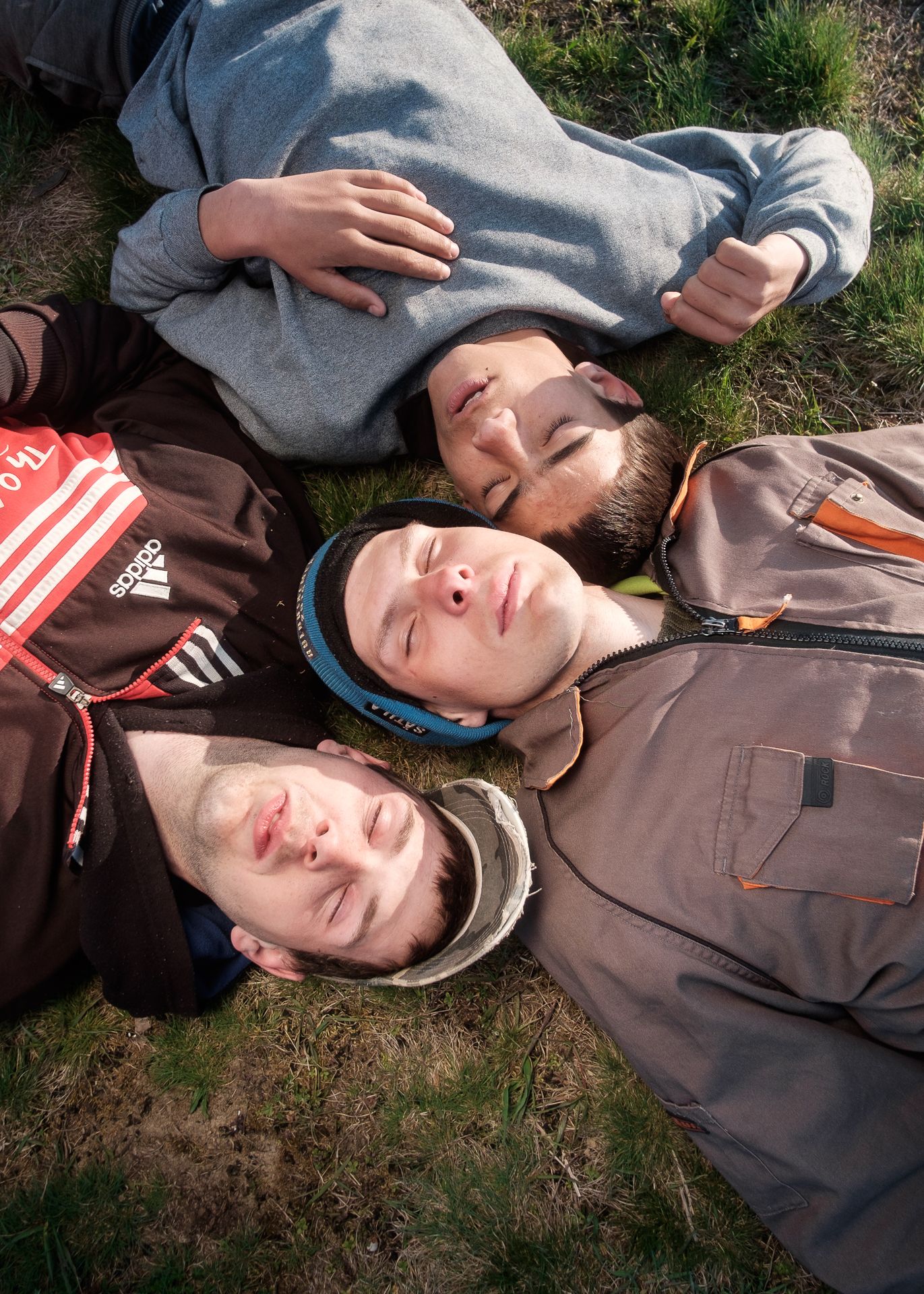
It is an average rural border town, with seemingly average village people, yet we get a new perspective on what many see as a dreary environment. The river is the driving force of local life, so the project ‘Stories along the Öreg-Túr River’ and the exhibition at the Capa Center present the life of the Túr people with a unique sensitivity.
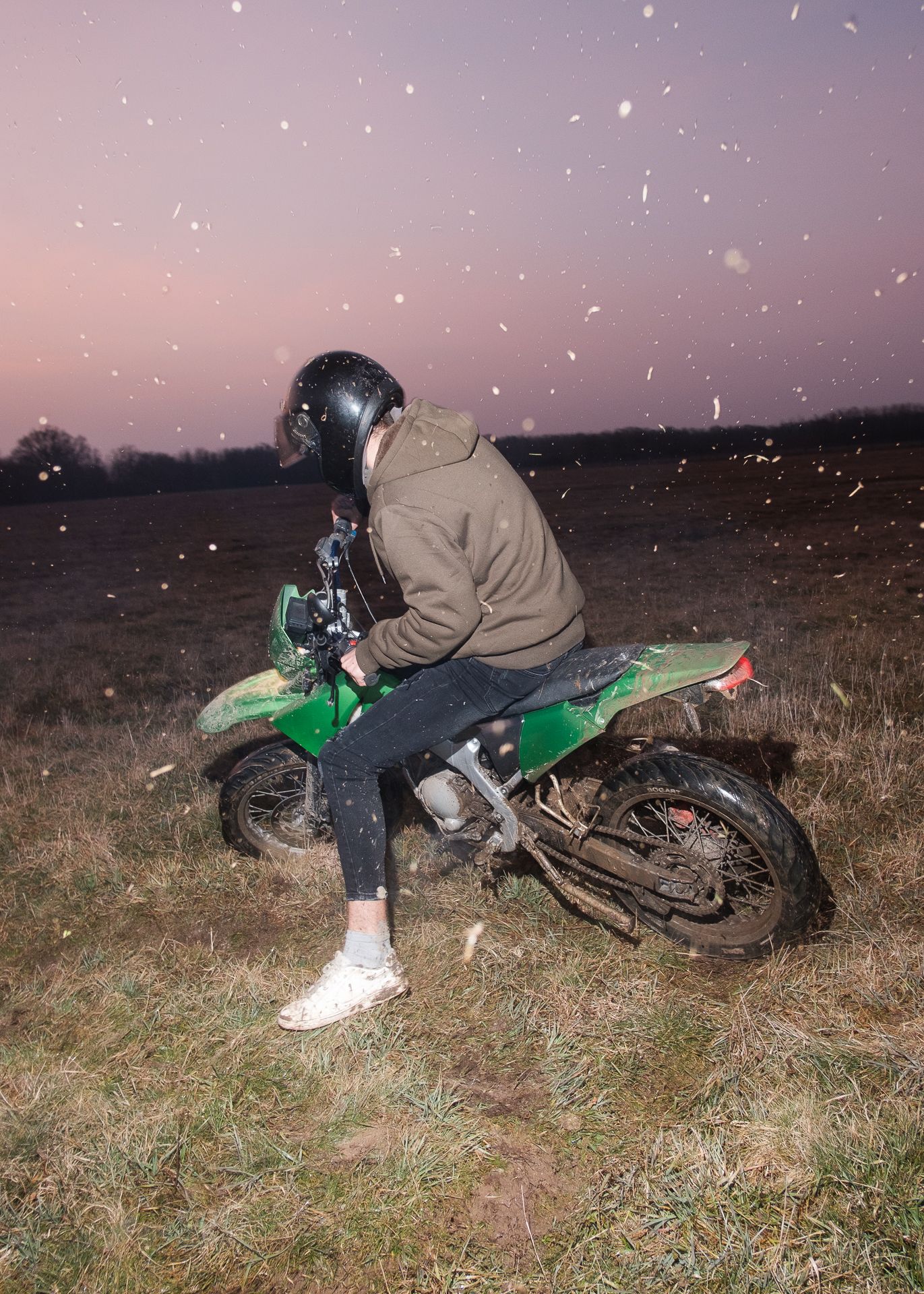
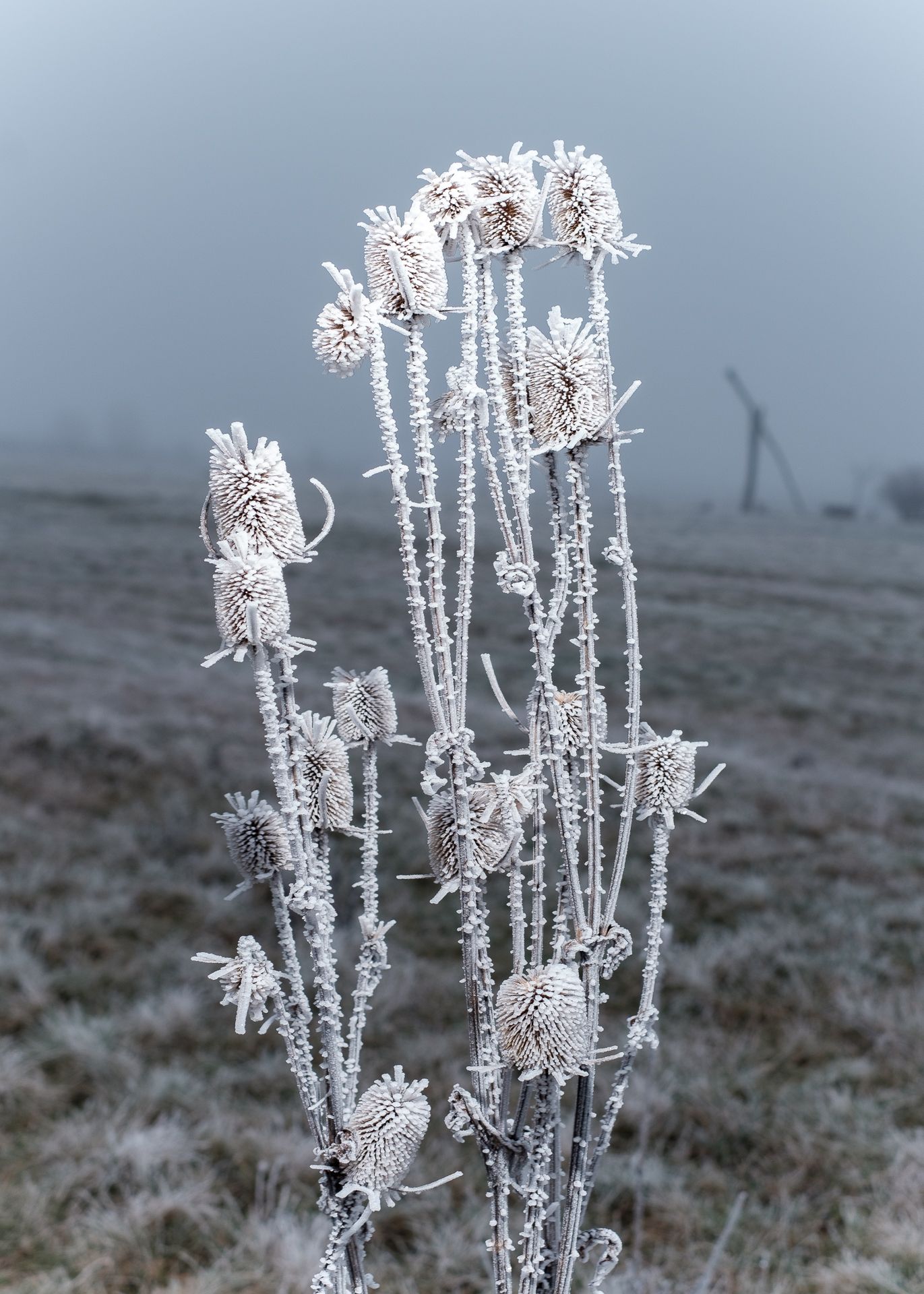
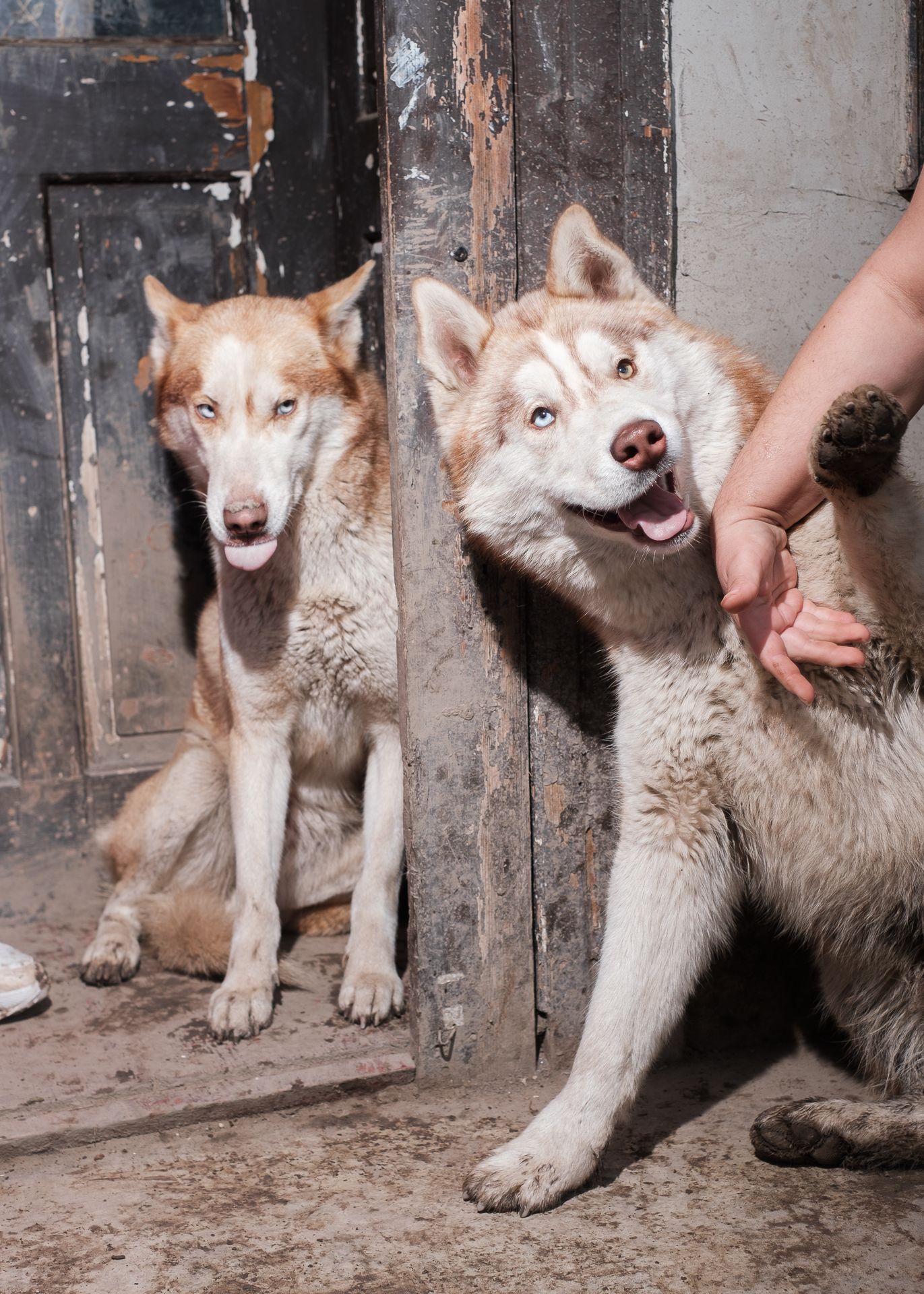
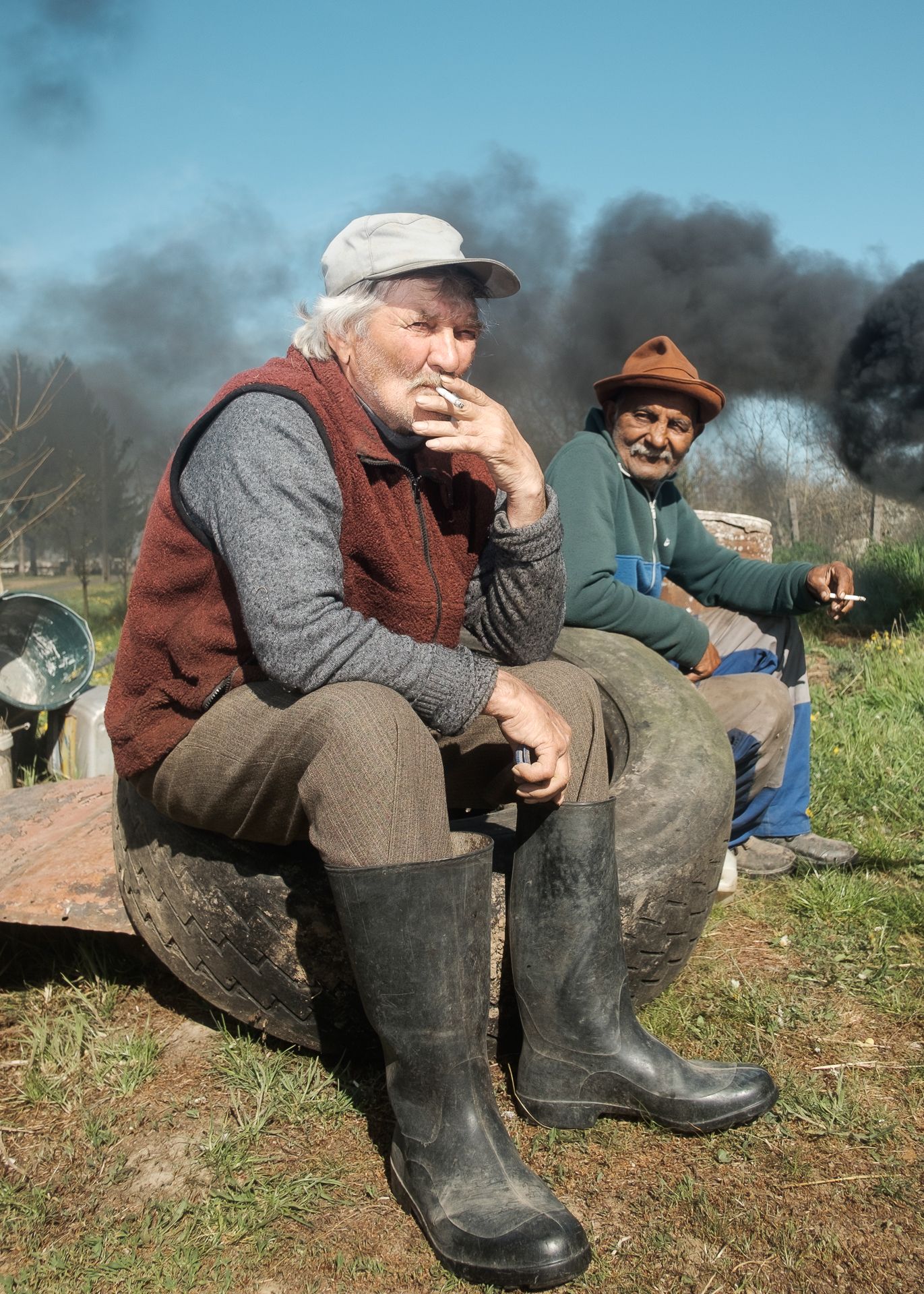
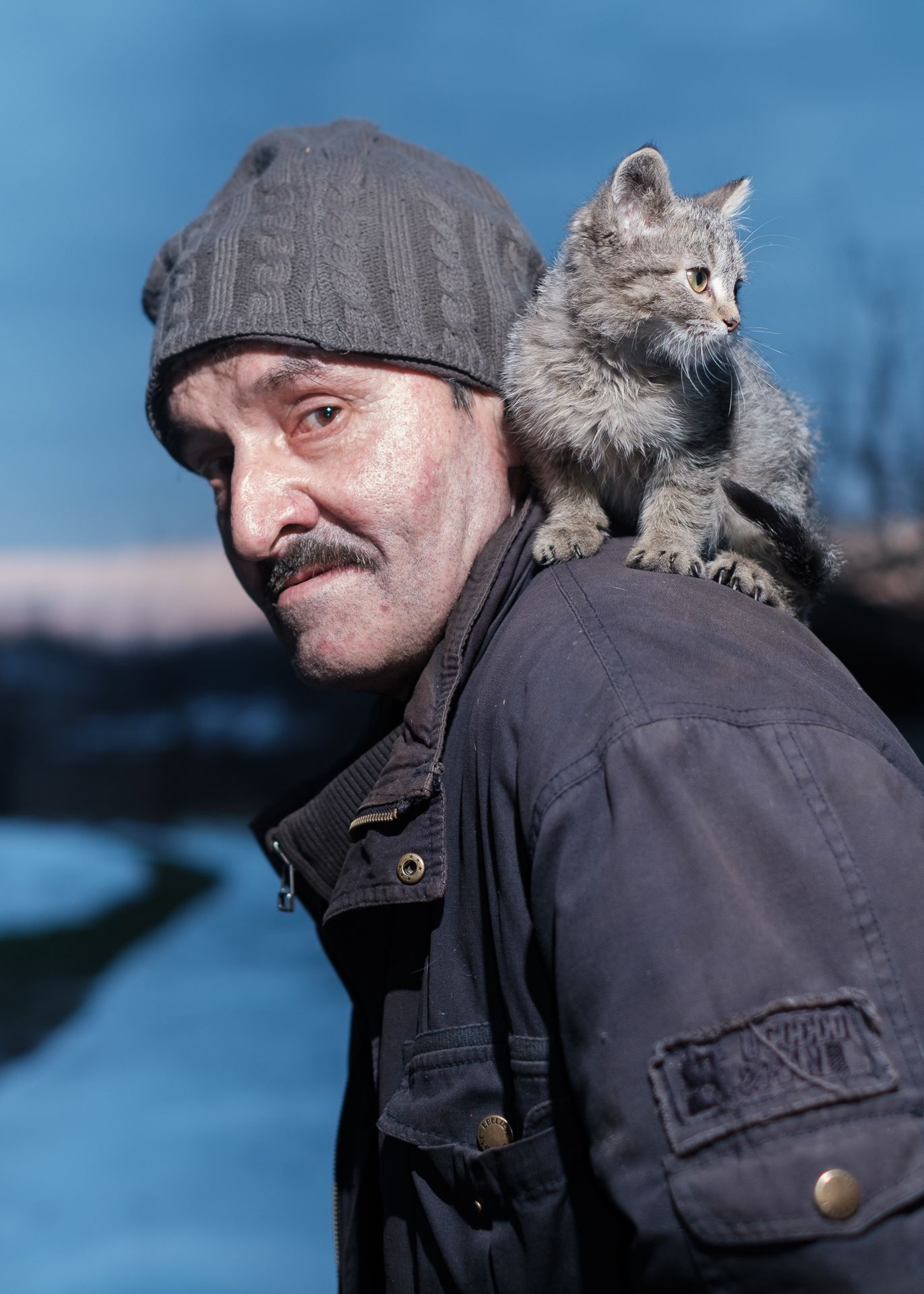
Pál Zwickl
Zwickl captures the everyday life of twenty-somethings in Budapest through the lens of familiar yet unusual, naturally artificial, and strange but mediocre banalities.
Currently studying photography and time-based media in Vienna, Pál Zwickl experiments with different visual methods of storytelling while pushing his own boundaries. His photographs evoke youthful irony, complexity, emotions about an uncertain future, and, of course, complicated human relationships.
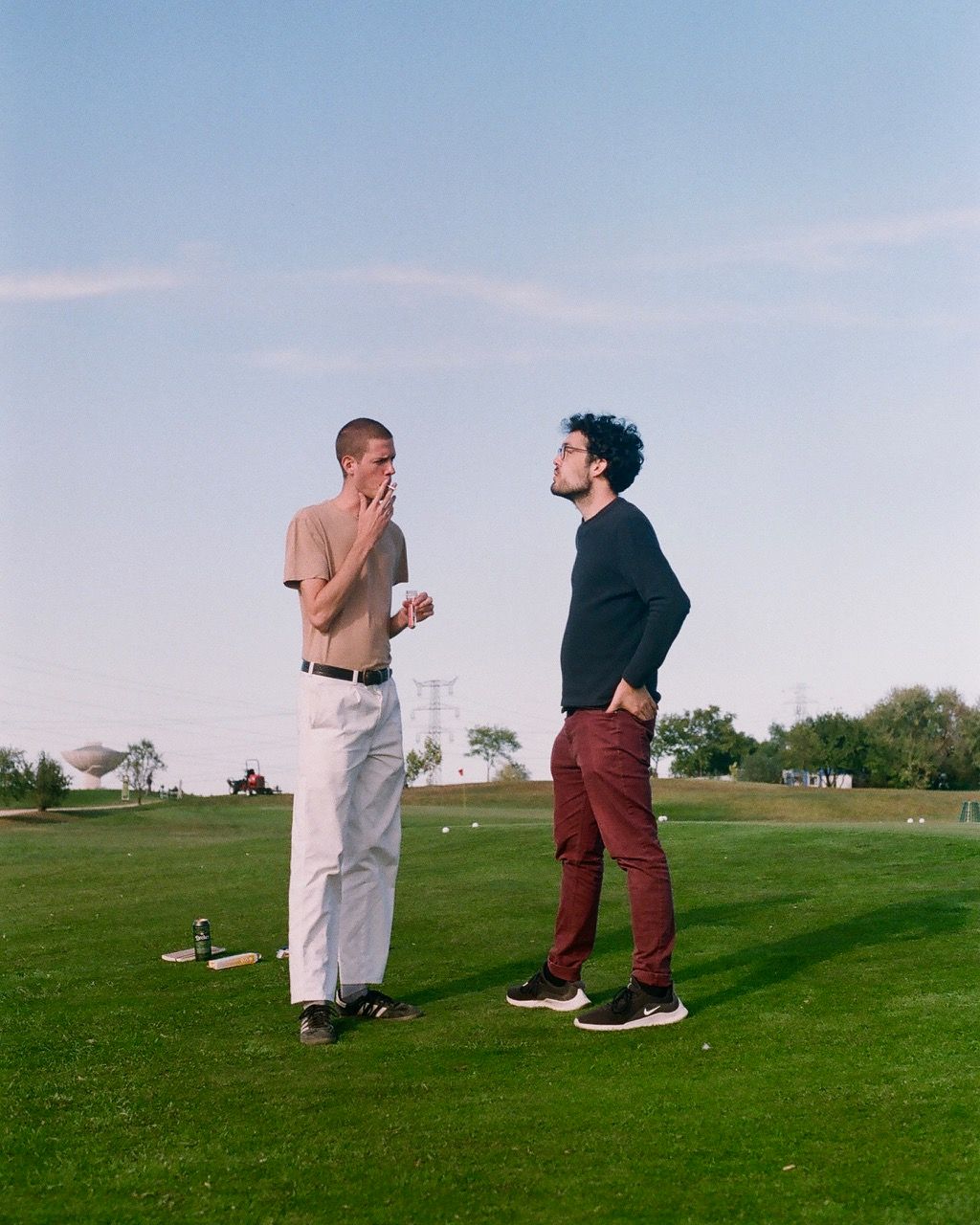
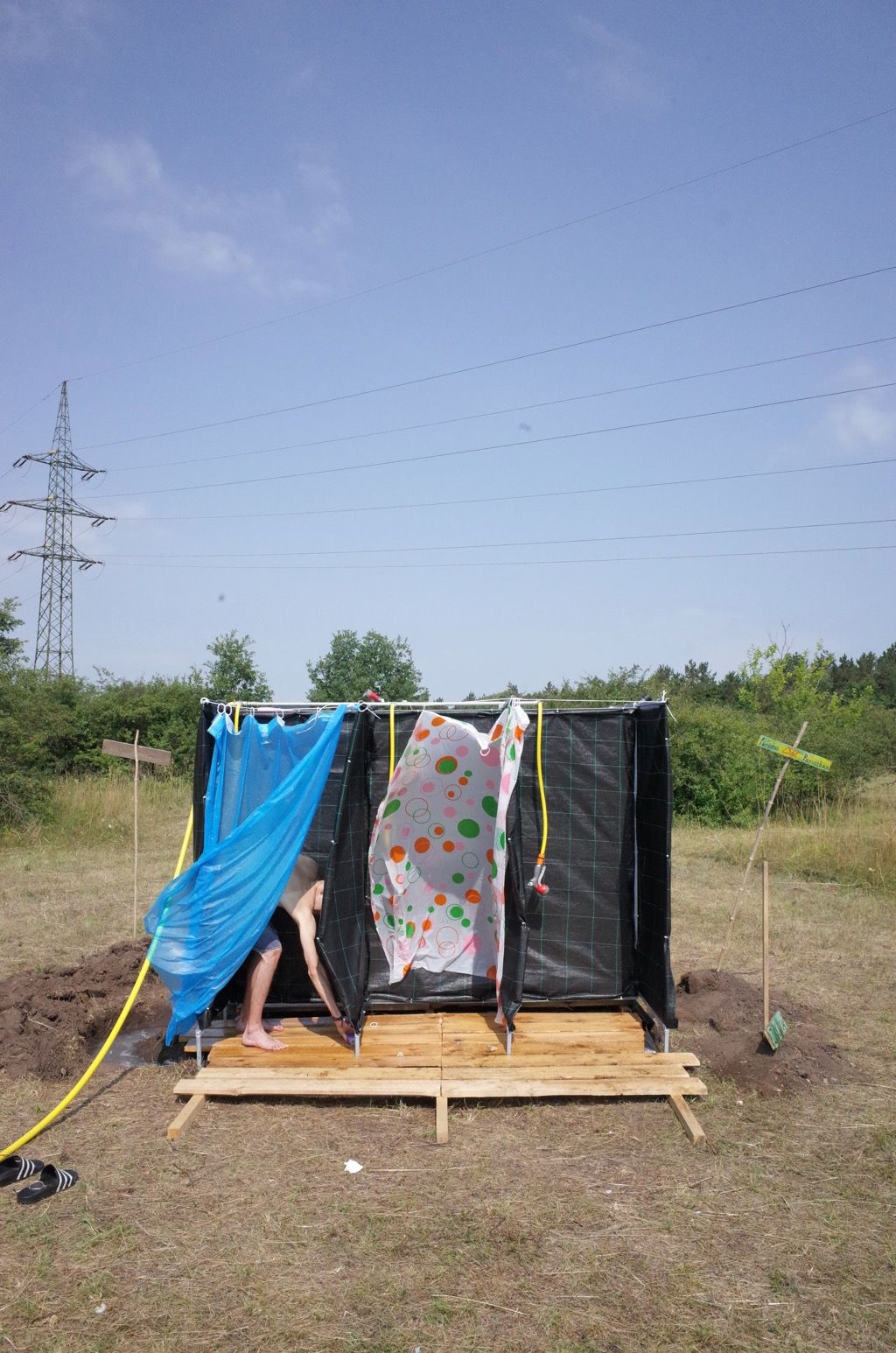
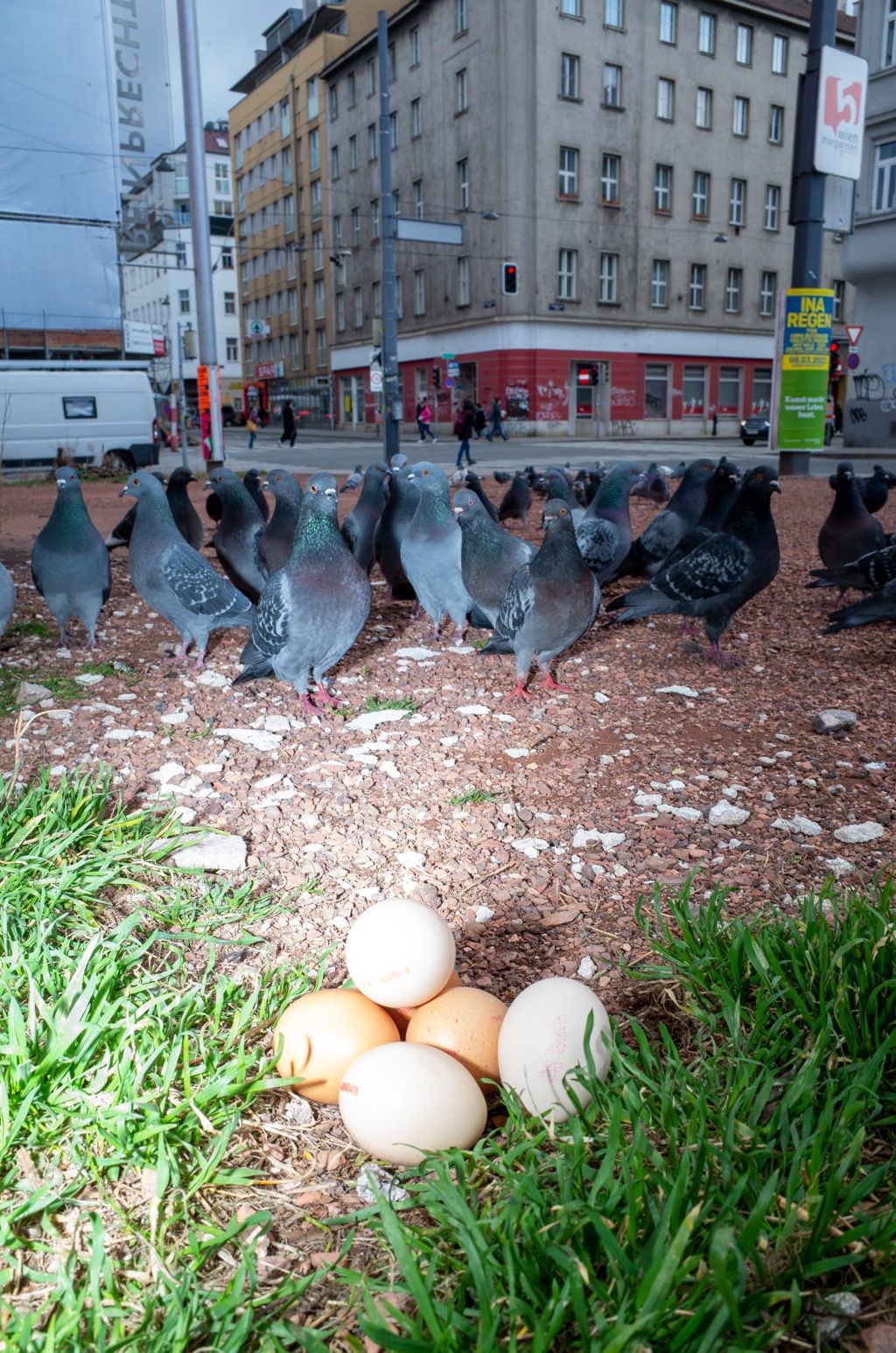
Lola Eördögh
We can learn about Lola Eördögh’s present reality through her memories. In her most recent photographs, she recreates the enduring stories of her family and childhood. Born in Miskolc, but raised in the capital, Lola spent much of her childhood in Miskolc and later on her father’s farm, connecting to rural, urban, and farm environments through her personal experiences.
“I want to recreate the atmosphere in the photos that live in my memories. It’s a very different process than rearranging an event in itself, because these are more internal, subjective spaces, my own experiences of the past, the details that still define me today,” she writes about her project, which is also her master’s thesis at MOME’s photography course. She envisions the final series as a book too, which will include photos as well as the recollections of the people in the memories.
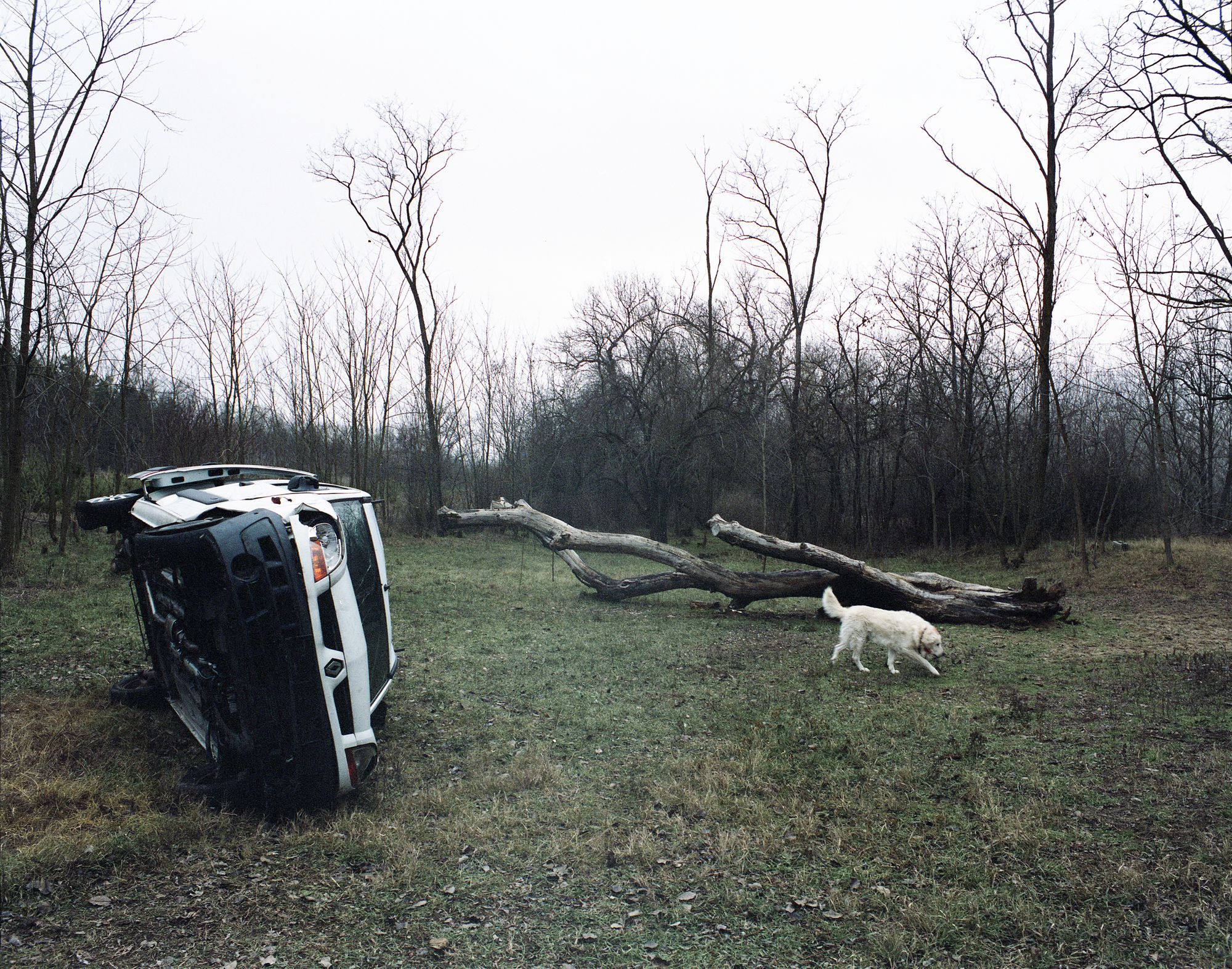
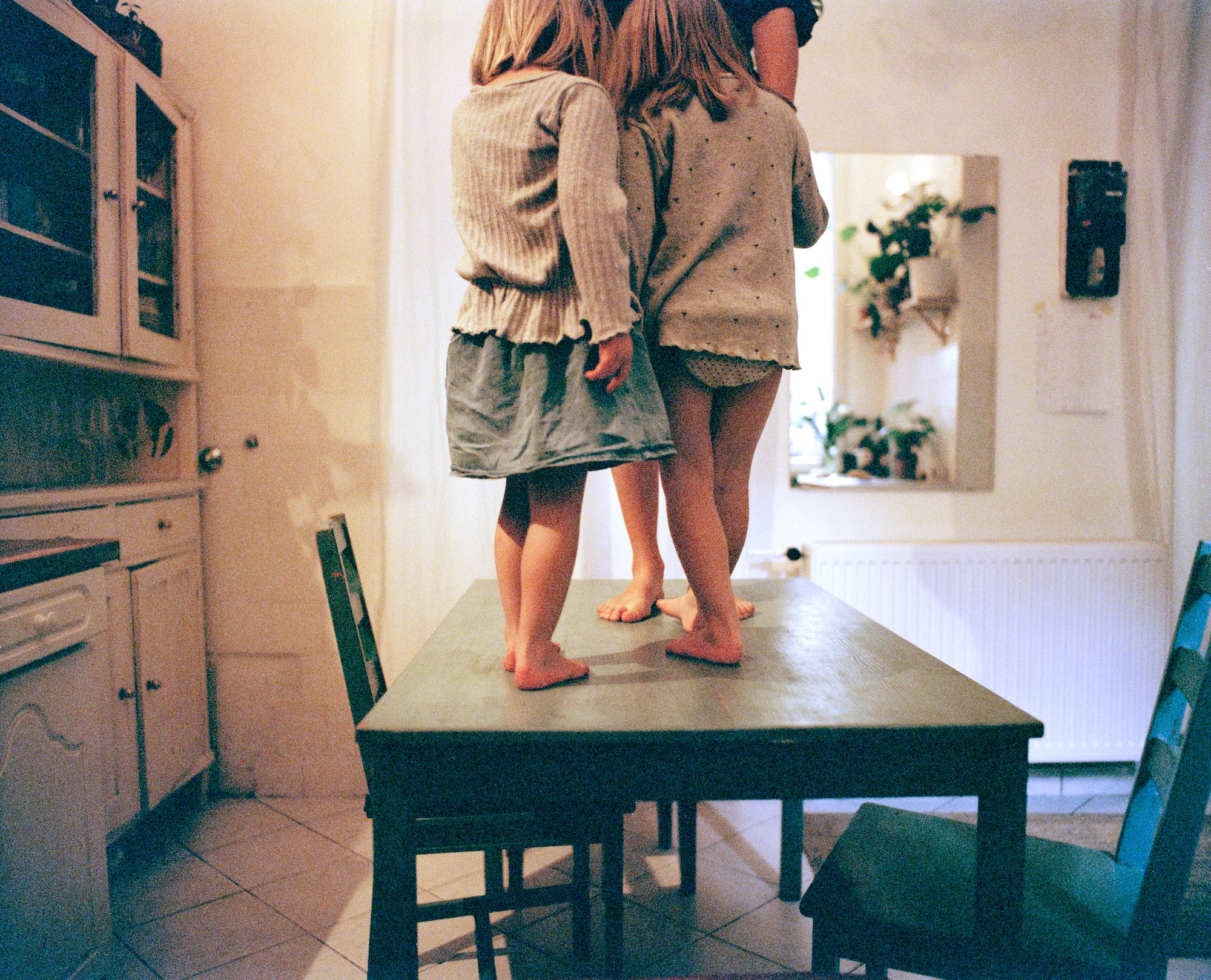
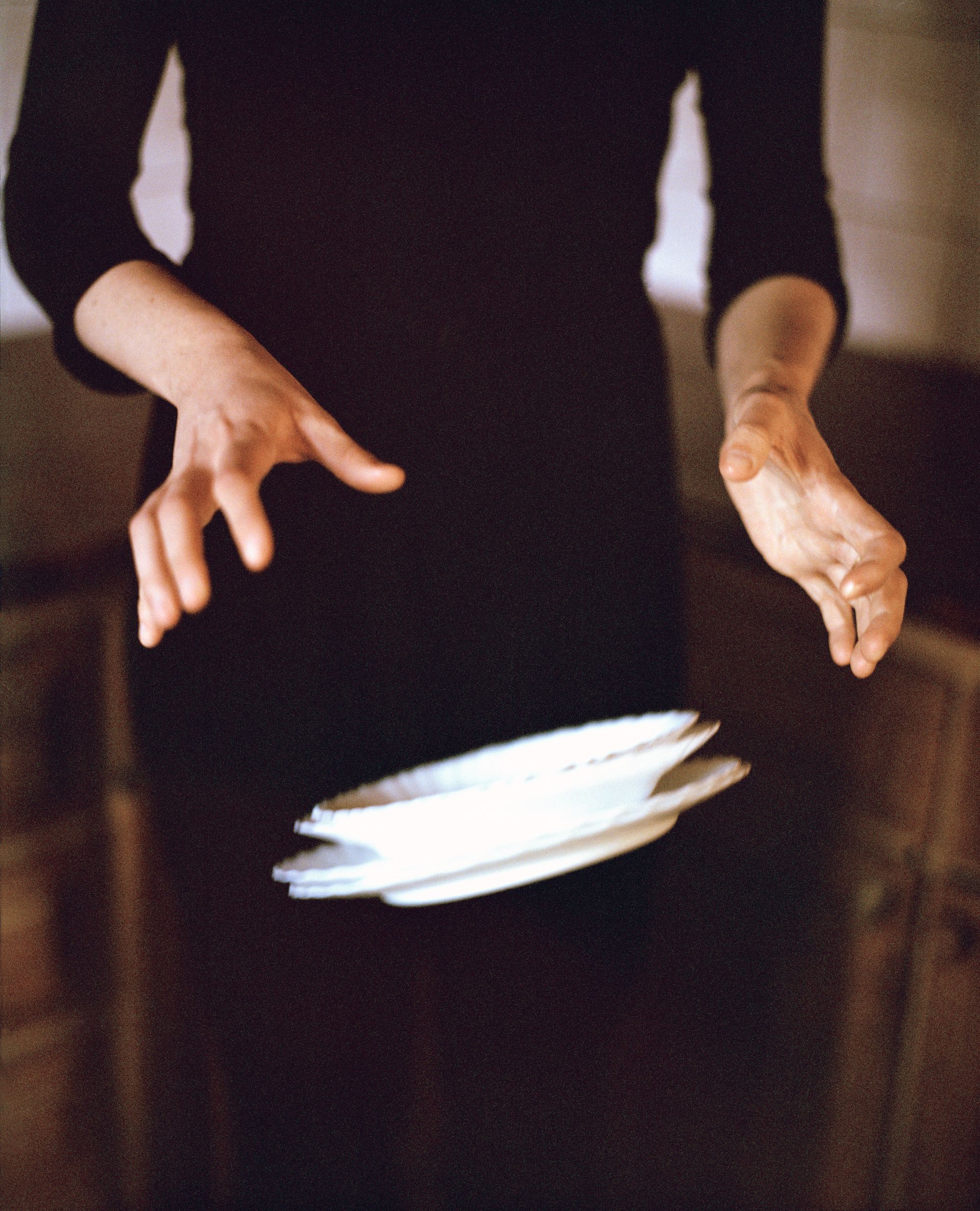
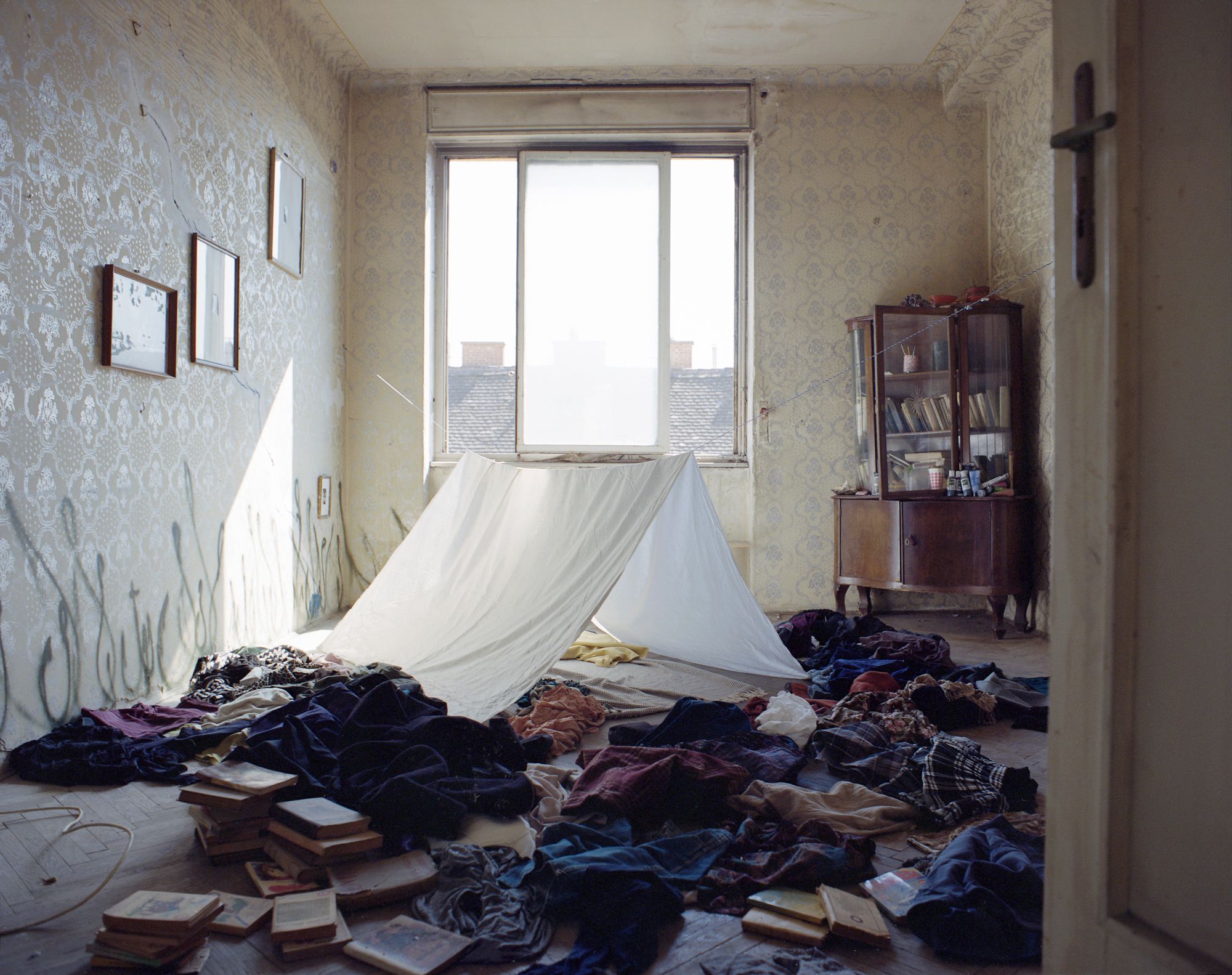
Zsófia Mohos
We have written about Zsófi’s work in a previous interview. She presents a special reality of being Hungarian, which for many people exists only in souvenir shop windows, and is nothing but a documentation of folk costume and keeping traditions. Zsófi’s specialty is the enchanting Palócföld (Palócland—the Transl.) we know from Hungarian writer Kálmán Mikszáth’s short stories, but she reveals this vanishing world much more closely, through the lives of old women Zsuzsi, Bözsi, and the locals. “I want to tell stories of an old, true life,” she said. An isolated, yet charming Görbeország (Crooked Country—the Transl.).




Ornella Mari | Instagram | Web
János R. Szabó | Instagram
Lola Eördögh | Instagram
Pál Zwickl | Instagram
Zsófia Mohos | Instagram
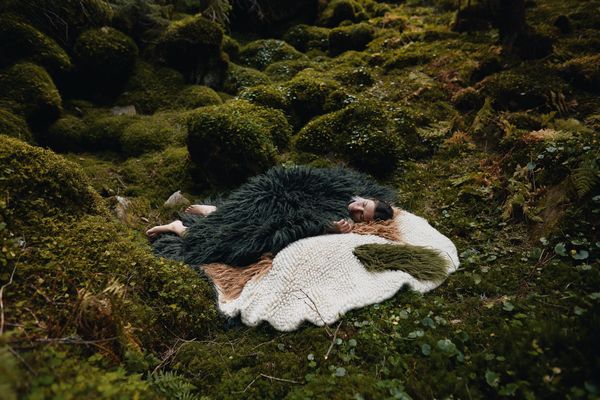
Woven with prestige|Gushka Wool
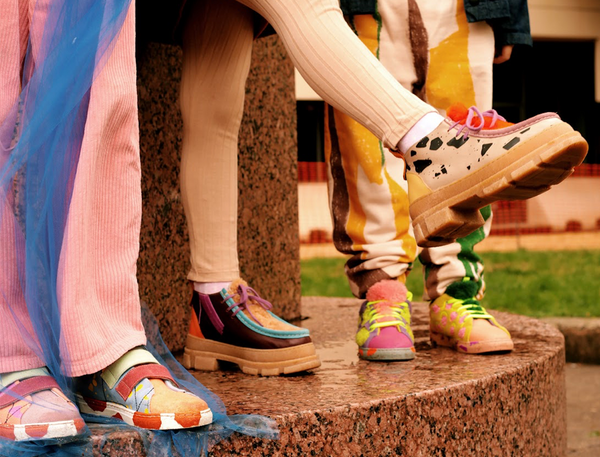
Double or nothing | New collection by Dulis Shoes x Alex Proba
